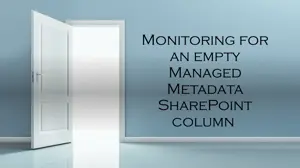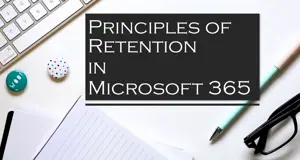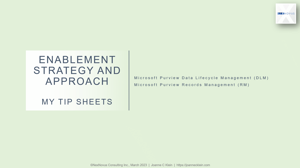
Joanne is a Microsoft 365 compliance specialist and owner of NexNovus Consulting. Her focus is on helping organizations by sharing best practices, technical expertise and guidance gained through real-world Microsoft 365 experiences. She is also a six-time Microsoft MVP in Microsoft 365 Apps and Services.
Joanne has spent the past decade working with SharePoint and the larger Microsoft 365 ecosystem. Her specialties include the compliance features inside Microsoft Purview and how customers can leverage them to improve their compliance posture across the modern workplace. Whether looking for strategic advice, tactical steps or sound guidance for moving forward, Joanne brings her expertise to bear to help customers break through the complex world of compliance in manageable and practical ways.
Connect with Joanne on Twitter and LinkedIn, and follow her blog at https://joannecklein.com






